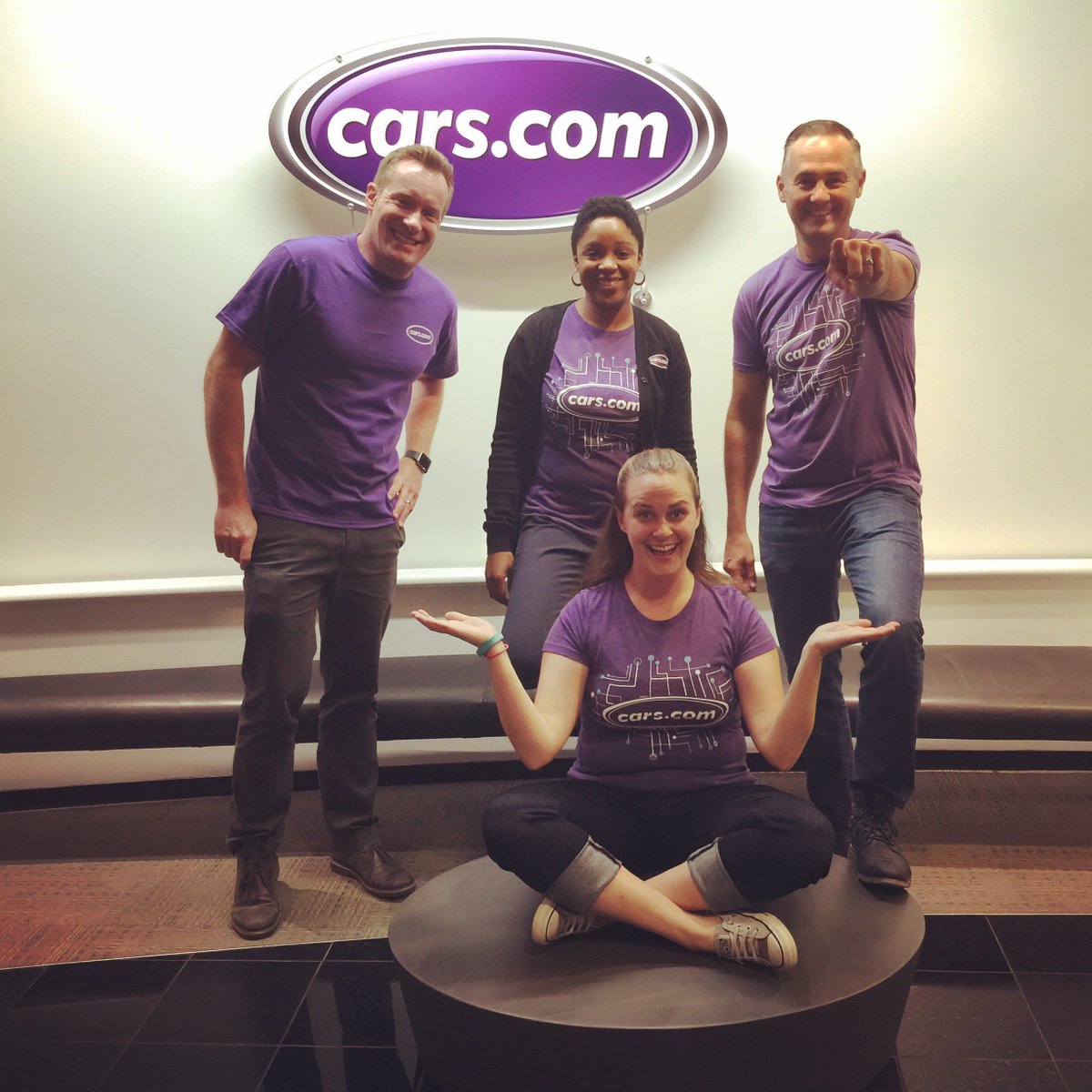
Action Beyond the Initiative: Making DE&I Table Stakes at Your Company
Work toward diversity, equity, and inclusion within the workplace has taken place within companies for many years, from Corporate Social Responsibility to the thought leadership and initiatives for D&I that we know today. Despite that and decades of having these initiatives in place, opportunity gaps continue to exist for women and underrepresented minorities, especially in leadership roles. Beyond this, we’ve seen a public outcry in the U.S. and around the world due to the injustices to the black community. As a result, there are widespread calls to action to figure against systemic racism built into our political, education, and economic institutions.
Discrimination and systemic racism is the reason why DE&I initiatives exist and, through inclusion conversations Hired hosted with DE&I and Talent leaders, we sought to understand how to leverage our collective influence to “show up” and do our part to spark meaningful action that leads to change. In order to create a more inclusive and equitable society as a whole, it’s imperative that we come together and enact change at every level.
Set the foundation for DE&I earlyFor startups, it’s important to prioritize diversity as early as when you’re building the founding / early leadership teams. People need to be able to see themselves in their colleagues and leaders within the organization. Leaders need to prioritize diversity and be bought in, or DE&I will be difficult to get everyone to understand the importance. Consequences of waiting to do this late is that oftentimes organizations may look, think, and act only one way.
The process to creating a truly diverse, equitable, and inclusive organization is not just a project but a process. Ongoing analysis of where your company is at and what more can be done, especially through employee feedback, can help identify needs that need to be addressed as the business evolves.
Eliminate unconscious bias
Disparities can be deeply rooted in unconscious bias so the first step is acknowledging the issue. It’s important to take a look, not just high-level across processes but also into the details of the recruiting process for biases that create barriers to entry. To help mitigate these hurdles, having a structured interview process that assesses candidates’ skillset with specific role requirements as a baseline, preparing them by setting clear expectations, and then debriefing with someone who is trained on bias reduction.
Wage inequities
Despite the overall salary gains we saw in our 2019 State of Salaries Report, there were still substantial gaps between white tech professionals and their Black and Hispanic counterparts, suggesting that existing Diversity, Equity and Inclusion initiatives aren’t making enough of a meaningful impact. Companies should develop a standard compensation philosophy for all roles, established ahead of time with a proper data methodology. This applies for salaries and stock option distributions. Beyond this, it is crucial to regularly audit and address any pay inequities early. Staying close to internal data and market data can help reduce wage gaps.
An expectation gap, or the difference between what distinct demographic groups expect to be paid when applying for the same role, exists, which inevitably feeds into widening the salary wage gap. Our data shows that these two gaps widen in tandem year over year and when candidates expect less, they tend to receive less. The salaries offered to black tech candidates in 2019, while significantly higher than in previous years, were still the lowest of any racial group and $10k less on average than those offered to white candidates. Perhaps even more discouraging is the fact that both Black and Hispanic candidates continue to expect lower salaries than their white counterparts. Similarly, negotiations are successful for, and may ultimately reward, candidates who are better at negotiating than others, more than likely men.
Foster an inclusive workplace cultureBeyond making hiring more equitable and inclusive for underrepresented minorities, it is important to foster a workplace culture where employees of underrepresented groups can bring their whole self to work — regardless of whether you have an in-office or remote company. Employees’ success and well-being at work hinges on being supported and provided the resources to grow personally and professionally. Mentoring and retaining exceptional talent, especially those of underrepresented groups starts with inclusive HR practices and a work culture that cares about the human, in addition to the bottom line.
Talk about allyship
People who want to bring about real change can leverage their self-education and understanding to better ally the BIPOC (black, indigenous, and people of color) community. Companies can provide allyship and inclusive thinking training alongside their bias training to further empower everyone to know more about what they can be doing better. Better yet, beyond being a better ally, discuss how employees can become an upstander (both as an individual, by department, and by the enterprise) and to share opportunities to give back externally (whether it be via time, treasury or talents) to help other folks also become upstanders.
Brave vs. Safe Space
Employees are conditioned to leave personal matters out of the work environment. This is unhealthy, exhausting, and unrealistic in times of emotional peril. Providing employees with support and resources is as necessary as providing adequate work equipment for day-to-day productivity. It’s important to create brave spaces as well as safe spaces to talk about issues and encourage employees to not be silent. A safe space is a space that provides “shelter from implied danger”, and allows for safe conversations without fear of repercussion or pressure to education. The ultimate goal is to provide support. A brave space is a space that encourages dialogue, recognizes differences, and holds people accountable for coming to new understandings. It can be difficult and uncomfortable. Employee resource groups can be great for fostering open and meaningful dialogue, which is critical to support employees.
For more insights on building and promoting diversity in a meaningful way, visit our resources page.
Related blog posts

How To Beat Burnout For Managers: 3 Habits For Stress Relief
Are you feeling overwhelmed as a manager? Studies show that managers face a higher risk of burnout...

9 Game-Changing Project Management Tools for Scaling Your Team’s Results
The ever-changing workplace of today brings with it ever-evolving workplace rituals —...

How Cars.com Is Driving the Future of Tech Recruiting
Mike Dwyer is a man of many talents. HR leader, improv comedian, and entrepreneur, Mike is known...

What Do Millennials Want at Work? 7 Things They Want & 3 Employer Dealbreakers
As a key part of today’s workforce, Millennials have been the source of many work memes,...

5 Interview Questions Hiring Managers Need to Ask Before Making An Offer
Job interview questions can be time consuming fact-finding missions that don’t always yield...

The Key to Hiring Top Software Engineers Isn’t More Money
With demand for technical workers soaring, and an expected job growth rate of 17% by 2024, hiring...


